Why Spain is a great place for kids
Choosing the city that's right for you
Choosing the visa that's right for you
More than just great weather
Why Spain provides a better quality of life
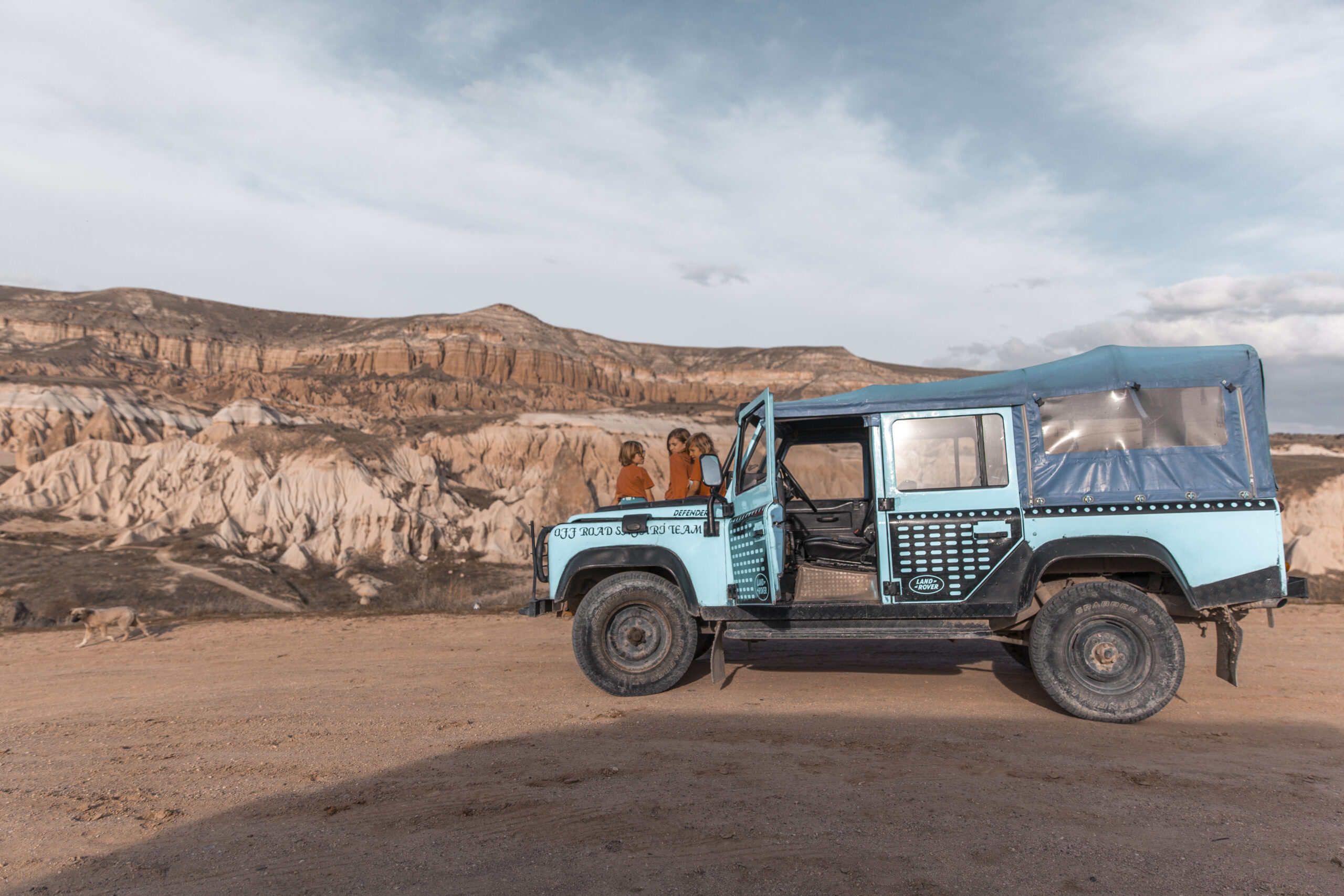
How we Plan
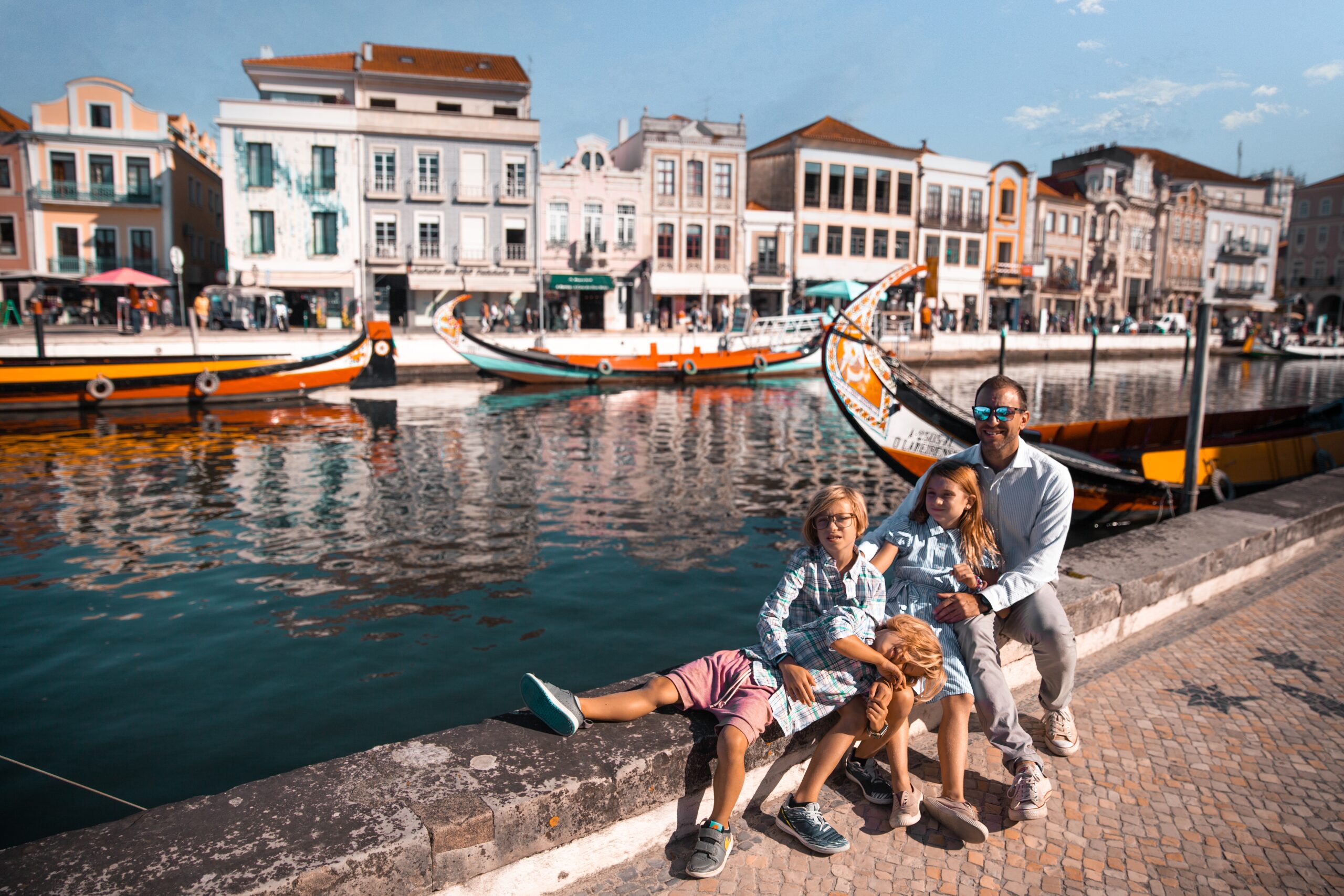
What we pack
Choosing Travel Insurance
Book Your Hotel
with Booking.com
Book Your Car
with RentalCars.com
Book Your Flight
with Skyscanner.com
Book Your Tour
with GetYourGuide.com
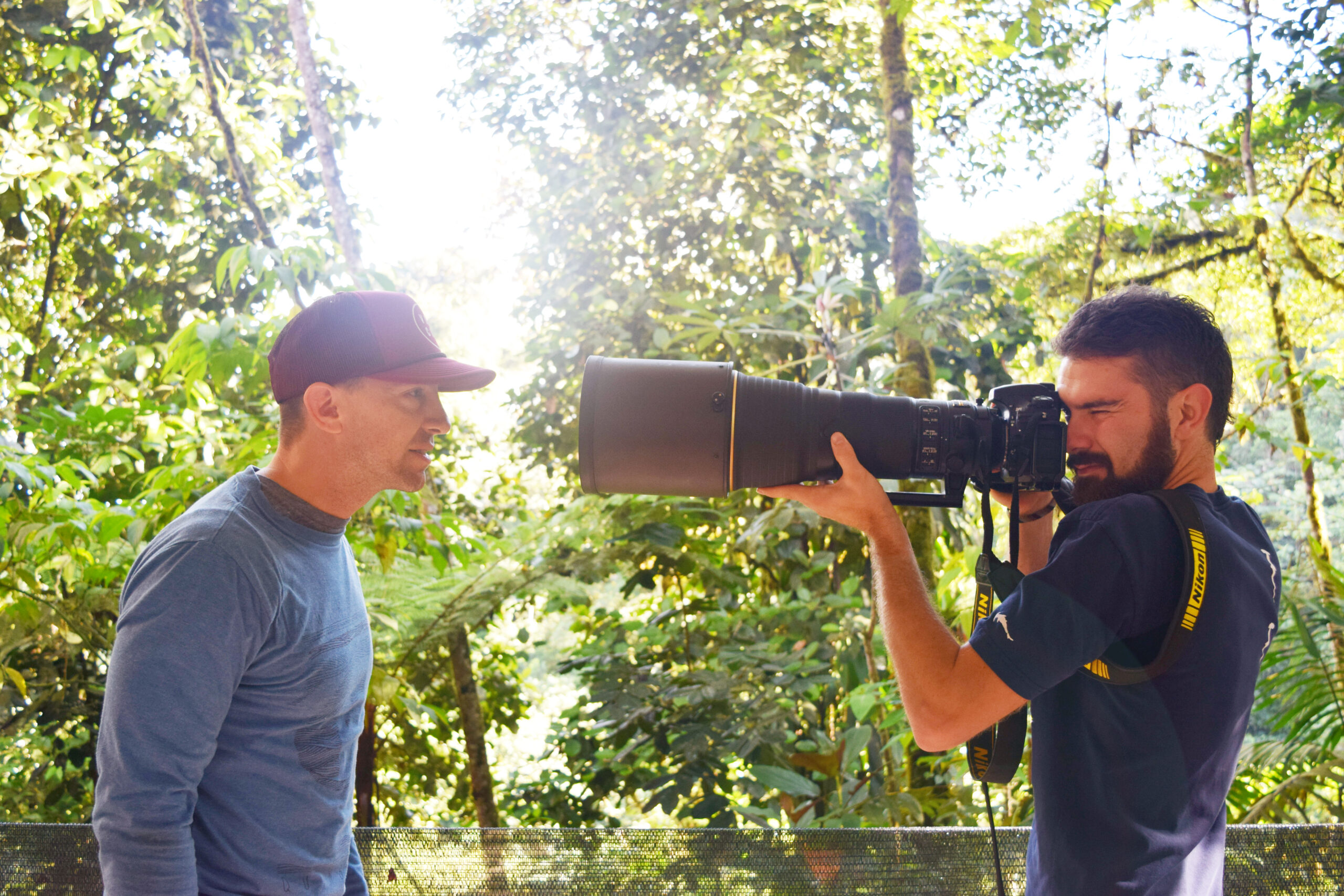
Our Camera Gear
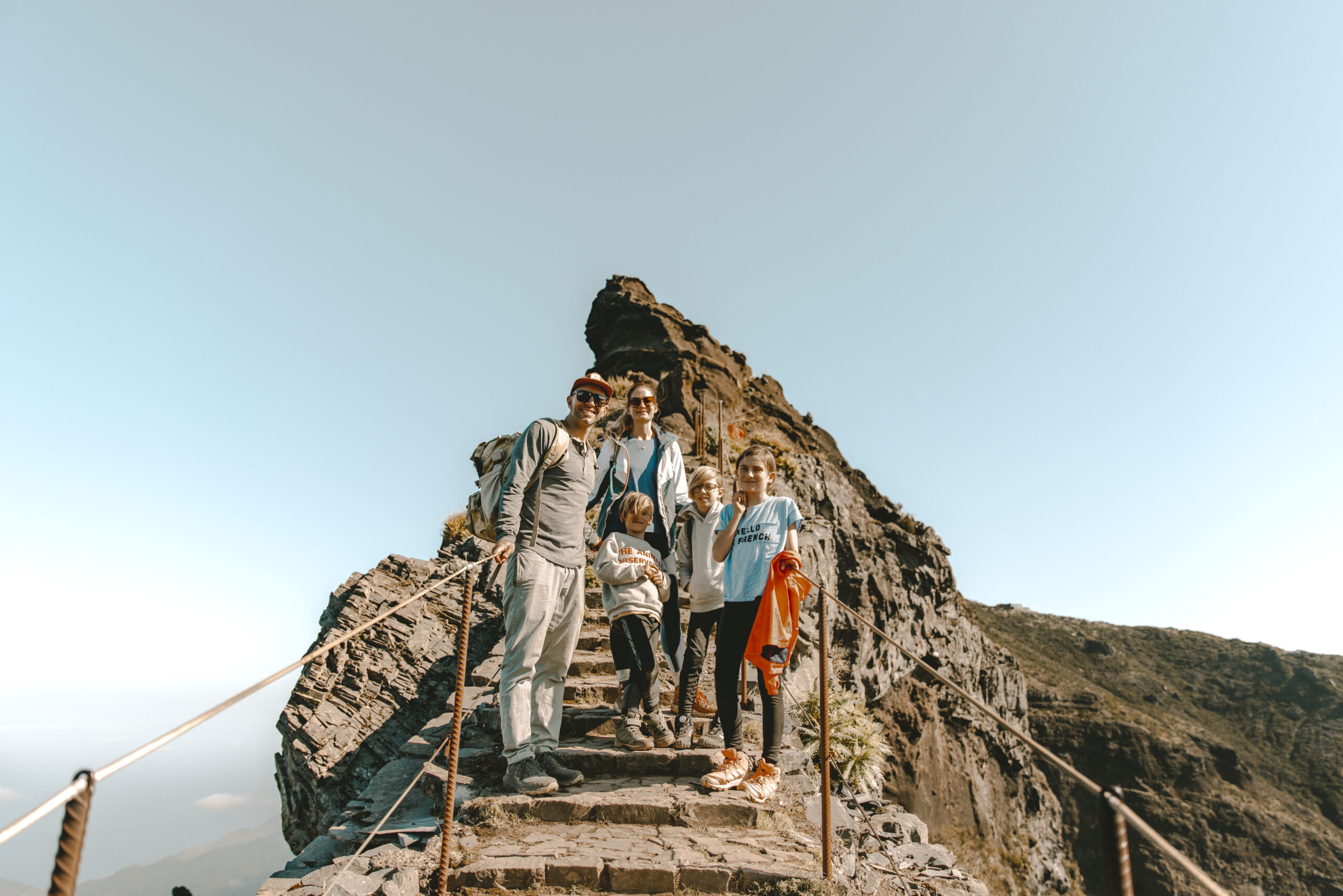
How We Fly
Choosing Your Destination
Family Guide to...
Mexico
Mexico, where ancient ruins, colorful markets, and pristine beaches beckon travelers to discover a land of rich history, diverse culture, and natural beauty, where iconic sites like Chichen Itza, Tulum, and Mexico City offer a blend of ancient wonders, colonial charm, and modern delights amidst the enchanting vistas of the Caribbean coast, lush jungles, and majestic mountains of this captivating Latin American nation.
- San Miguel de Allende
- Mexico City
- Playa del Carmen
- Guadalupe Valley
- Tulum
- Chichen Itza
- Uxmal
- Coba
Map
Weather
Itineraries
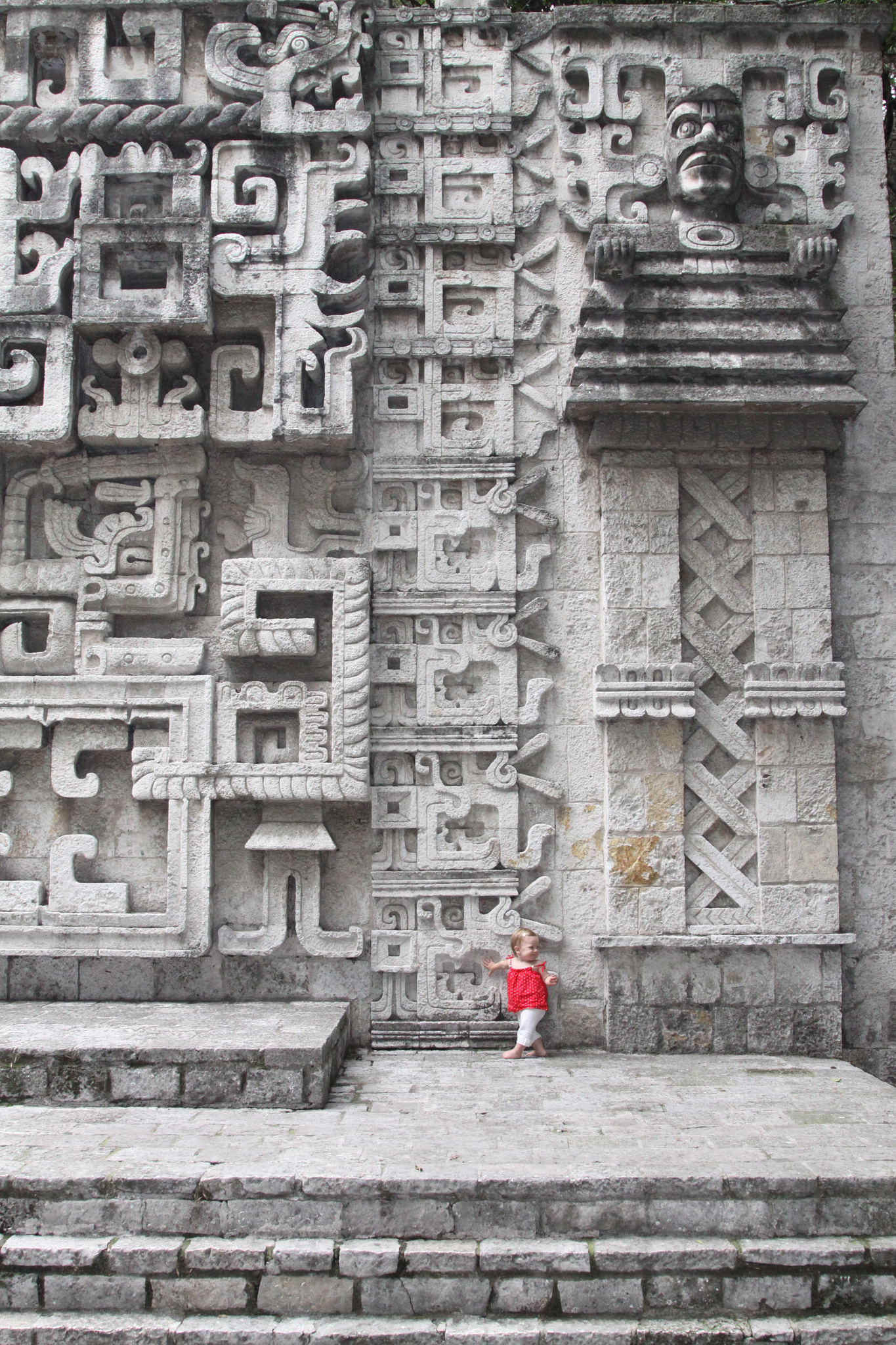
Coming Soon...
tulum
Top Five restaurantS in tulum
Hartwood is a renowned restaurant in Tulum, celebrated for its commitment to sustainable and locally sourced ingredients. Situated in the jungle, it offers a rustic yet elegant dining experience. The menu changes daily based on the freshest available produce, making each visit unique. Their wood-fired dishes, especially the fresh seafood, are a must-try.
Arca offers a contemporary twist on traditional Mexican cuisine, blending innovative techniques with regional flavors. The open-air kitchen provides a captivating ambiance, allowing diners to witness the culinary magic firsthand. Known for its vibrant and creative dishes, Arca is a hotspot for food enthusiasts seeking a memorable gastronomic adventure.
Mur Mur brings a fusion of Mexican and Mediterranean flavors to the table. The restaurant’s chic decor and relaxed atmosphere make it an ideal spot for a leisurely meal. Their menu features a mix of small plates and hearty mains, with a focus on fresh, locally sourced ingredients. Don’t miss their signature cocktails, which perfectly complement the dishes.
Gitano is more than just a restaurant; it’s an experience. Nestled in the jungle, it offers a bohemian vibe with its lush greenery and candle-lit tables. The menu highlights modern Mexican cuisine with a focus on wood-fired cooking. Gitano is also famous for its mezcal cocktails, making it a perfect spot for both dining and nightlife.
Kitchen Table is an eco-friendly restaurant that emphasizes sustainability and organic ingredients. Located in the jungle, it provides an intimate dining experience with a menu that changes seasonally. The open kitchen concept allows guests to watch their meals being prepared, adding a personal touch to the dining experience. Their grilled octopus and homemade desserts are particularly popular.
Top Five hotels in tulum
Azulik is a luxurious, eco-friendly hotel that offers a unique blend of nature and comfort. Known for its treehouse villas, the hotel provides a serene escape with stunning views of the Caribbean Sea and lush jungle. The rustic, bohemian design and absence of electronic devices promote a tranquil and reconnecting experience with nature.
Be Tulum is a stylish beachfront hotel perfect for those seeking a sophisticated yet laid-back vibe. The suites are designed with natural materials, offering a seamless blend of indoor and outdoor living. The hotel features a spa, yoga classes, and gourmet dining, making it an ideal retreat for relaxation and wellness.
Nomade Tulum offers a holistic retreat experience with its emphasis on wellness and mindfulness. The hotel features beautifully designed tents and suites that immerse guests in nature. With daily wellness activities, a beachfront restaurant, and a focus on sustainable living, Nomade Tulum is perfect for those looking to recharge and reconnect.
The Beach Tulum is an adults-only hotel that provides a serene and romantic getaway. Located directly on the beach, the hotel offers luxurious rooms with private terraces and plunge pools. With a beachfront restaurant, spa services, and easy access to Tulum’s vibrant nightlife, it’s a great choice for couples and honeymooners.
Casa Malca, once owned by Pablo Escobar, is now a lavish art-filled boutique hotel. It combines opulence with a touch of history, offering rooms adorned with contemporary art and unique decor. The beachfront location, lush gardens, and upscale amenities make it a standout choice for art lovers and those seeking a luxurious stay.
FAQ's
What are the main things to do with kids in Mexico?
Mexico offers a wide variety of activities for families with children. Here are some of the main things to do with kids in Mexico:
1. Visit theme parks: Mexico has several theme parks, such as Six Flags Mexico and KidZania, which offer exciting rides, shows, and interactive experiences.
2. Explore archaeological sites: Many ancient Mayan and Aztec ruins, like Chichen Itza and Teotihuacan, can be fascinating for children interested in history and archaeology.
3. Enjoy the beaches: Mexico’s countless beautiful beaches provide opportunities for swimming, snorkeling, building sandcastles, and other fun beach activities.
4. Visit animal parks and zoos: Attractions like Xcaret Park and Zoologico Guadalajara allow children to learn about and interact with various animal species.
5. Discover museums: Many museums in Mexico, such as Papalote Museo del Niño in Mexico City, offer interactive exhibits designed specifically for children.
6. Attend cultural events: Colorful festivals, traditional dance performances, and local markets can provide enriching cultural experiences for kids.
7. Go on nature adventures: Mexico’s diverse landscapes offer opportunities for hiking, horseback riding, and exploring natural wonders like cenotes (natural sinkholes) and waterfalls.
8. Try water sports: Older children might enjoy activities like snorkeling, kayaking, or even surfing lessons at popular beach destinations.
9. Take cooking classes: Some resorts and local organizations offer cooking classes where kids can learn to make traditional Mexican dishes.
10. Participate in eco-tours: Many areas in Mexico offer eco-friendly tours that allow children to learn about and appreciate the country’s unique ecosystems and wildlife.
What is Mexico famous for?
Mexico is famous for a variety of things, including its rich culture, history, cuisine, and natural beauty. Here are some of the most notable aspects of Mexico that have gained international recognition:
1. Ancient civilizations: Mexico is home to the ruins of several ancient civilizations, such as the Aztecs, Mayans, and Olmecs.
2. Cuisine: Mexican cuisine is known worldwide for its vibrant flavors, unique ingredients, and dishes like tacos, enchiladas, guacamole, and mole.
3. Tequila: Mexico is the birthplace of tequila, a distilled spirit made from the blue agave plant, primarily in the state of Jalisco.
4. Mariachi music: This traditional Mexican musical style, featuring guitars, trumpets, and singers dressed in distinctive charro suits, has become a global symbol of Mexican culture.
5. Día de los Muertos: The Day of the Dead holiday, celebrated on November 1st and 2nd, is a colorful and iconic Mexican tradition honoring deceased loved ones.
6. Beaches: Mexico’s coastline boasts numerous beautiful beaches, such as those in Cancun, Playa del Carmen, and Los Cabos.
7. Biodiversity: Mexico is one of the world’s most biodiverse countries, with a wide variety of ecosystems and species, including the monarch butterfly and the axolotl.
8. Art: Mexican artists like Frida Kahlo and Diego Rivera have made significant contributions to the art world and are celebrated internationally.
9. Architecture: Mexico’s architectural heritage includes impressive pre-Columbian structures, elegant colonial buildings, and modern masterpieces.
10. Festivals: Mexico is known for its lively and colorful festivals, such as the Guelaguetza in Oaxaca and the Cervantino Festival in Guanajuato.
What power plug type does Mexico use?
Mexico primarily uses two types of electrical outlets:
1. Type A: This is the standard two-prong plug, also commonly used in the United States, Canada, and several other countries. The plug has two flat parallel pins.
2. Type B: This plug is similar to Type A but has an additional round grounding pin below the two flat parallel pins. It is also used in the United States, Canada, and other countries.
The standard voltage in Mexico is 127 V (Volts), and the frequency is 60 Hz (Hertz). However, some areas, particularly those close to the U.S. border, may have a voltage of 120 V, which is compatible with most U.S. and Canadian appliances.
It’s always a good idea to check the voltage requirements of your devices before traveling to Mexico. If your devices are not compatible with Mexico’s voltage, you may need to use a voltage converter or transformer. Most modern electronic devices like phones, tablets, and laptops have chargers that can handle a range of voltages (dual voltage), so they may only require a plug adapter.
Is Mexico safe?
Mexico, like many countries, has areas that are considered safer than others. While the country has dealt with issues related to crime and violence, many parts of Mexico are safe for tourists and have lower crime rates than some popular U.S. cities. However, it’s essential to take precautions and be aware of potential risks.
Here are some points to consider:
1. Tourist areas: Popular tourist destinations like Cancun, Playa del Carmen, Los Cabos, and Mexico City are generally considered safe, with increased security presence and well-maintained infrastructure.
2. Regional variations: Some regions in Mexico, particularly those involved in drug trafficking or cartel-related activities, have higher crime rates and should be avoided or visited with caution.
3. Health concerns: Be aware of potential health risks, such as food and water-borne illnesses, and take necessary precautions like drinking bottled water and eating at reputable establishments.
4. Travel advisories: Always check the latest travel advisories from your government before visiting Mexico, as they provide up-to-date information on safety concerns and areas to avoid.
5. Common sense: As with any travel destination, exercise common sense and take basic safety precautions, such as avoiding isolated areas at night, keeping valuables secure, and being aware of your surroundings.
Many tourists visit Mexico each year without incident, and the country relies heavily on tourism as a source of income. By staying informed, taking necessary precautions, and exercising good judgment, you can minimize risks and enjoy your time in Mexico.
What is the cheapest month for all-inclusive vacations in Mexico?
The cheapest month for all-inclusive vacations in Mexico can vary depending on the specific destination and resort. However, there are some general trends to consider:
1. Low Season (May to June, September to October): These months typically see lower prices for all-inclusive packages, as they fall between the peak seasons. September and October might have lower prices, but they also coincide with the hurricane season, which can affect some coastal areas.
2. Shoulder Season (April, November, early December): Prices during these months can be lower than peak season rates, but higher than low season. The weather is generally pleasant, and you can find good deals, especially if you book in advance.
3. High Season (December to March, July to August): These months coincide with holidays (Christmas, New Year’s, Easter) and school breaks, leading to higher prices and larger crowds. July and August are popular among families due to summer breaks.
It’s worth noting that prices can also fluctuate based on factors like resort popularity, amenities, and location. To find the best deals, consider:
– Booking in advance (2-6 months) for peak season travel
– Being flexible with travel dates
– Comparing prices across different resorts and providers
– Signing up for email alerts and newsletters to stay informed about promotions and discounts
Keep in mind that while you might find lower prices during the low or shoulder seasons, there may be trade-offs like less favorable weather conditions or reduced resort amenities and activities.
What's the cheapest month to go to Cancun?
The cheapest months to visit Cancun are typically during the low season, which falls between May and November. More specifically, the months of September and October tend to have the lowest prices for flights and accommodations.
Several factors contribute to lower prices during these months:
1. Hurricane season: September and October are part of the Caribbean hurricane season, which can deter some travelers. However, Cancun is less likely to be directly hit by hurricanes compared to other Caribbean destinations.
2. Fewer crowds: With fewer tourists during the low season, resorts and airlines may offer lower prices to attract visitors.
3. Weather: While temperatures remain warm, the low season coincides with Cancun’s rainy season. However, showers are often brief and intermittent, and you can still enjoy plenty of sunshine.
Keep in mind that prices can spike during certain holidays or events, such as Labor Day weekend or Mexican Independence Day (September 16). To find the best deals, be flexible with your travel dates, book in advance, and compare prices from various providers.
It’s also worth noting that while you might find lower prices in September and October, there are trade-offs to consider, such as the possibility of unfavorable weather and reduced resort amenities or activities. If your priority is comfortable weather and a lively atmosphere, you may prefer visiting during the shoulder or high seasons, even if it means slightly higher prices.
What are the current Mexico travel restrictions and how do they affect your trip plans?
As of May 2024, Mexico has lifted most of its COVID-19 related travel restrictions. However, it’s important to note that the situation can change, and it’s always best to check the latest updates from official sources before making travel plans.
Currently:
1. There are no vaccination or testing requirements for entering Mexico, regardless of your country of origin.
2. The land border between Mexico and the United States is open for non-essential travel, such as tourism.
3. While Mexico doesn’t require travelers to fill out health declaration forms, some airlines or countries may have their own requirements for passengers returning from Mexico.
4. Certain areas in Mexico may have local regulations or restrictions in place, such as capacity limits or mask mandates in public spaces. It’s important to research your specific destination and comply with any local guidelines.
5. Travel insurance is not mandatory but highly recommended to cover any unforeseen circumstances, such as trip cancellations or medical emergencies.
When planning your trip, consider the following:
– Stay informed about any changes in travel guidelines or restrictions by checking official sources like the U.S. Department of State, the CDC, and the Mexican government.
– Be prepared for potential changes in your travel plans, and ensure that your bookings allow for flexibility in case of unexpected developments.
– Adhere to recommended health and safety measures, such as practicing good hygiene, wearing masks when required, and maintaining social distancing in public spaces.
By staying informed and being prepared for potential changes, you can minimize the impact of travel restrictions on your trip to Mexico.
How to plan a trip to Mexico?
Planning a trip to Mexico involves several steps to ensure a smooth and enjoyable experience. Here’s a general guide to help you plan your trip:
1. Choose your destination(s): Decide which parts of Mexico you want to visit based on your interests, such as beaches, cultural sites, or cities.
2. Determine the length of your trip: Consider how much time you have available and how many destinations you want to visit.
3. Check travel requirements: Look up visa requirements, passport validity, and any other necessary documents for entering Mexico.
4. Book your flights and accommodations: Once you have your dates and destinations set, book your flights and accommodations in advance for better prices and availability.
5. Plan your transportation: Decide how you’ll get around Mexico, whether by rental car, bus, or domestic flights, and make necessary arrangements.
6. Create an itinerary: Research the main attractions, activities, and restaurants you want to experience and create a rough itinerary, allowing for some flexibility.
7. Learn about the culture and customs: Familiarize yourself with Mexican customs, basic Spanish phrases, and cultural norms to ensure a respectful and immersive experience.
8. Arrange travel insurance: Purchase travel insurance to cover any unexpected events, such as trip cancellations, medical emergencies, or lost luggage.
9. Pack appropriately: Consider the climate and activities you have planned, and pack accordingly. Don’t forget essentials like sunscreen, comfortable shoes, and any necessary medications.
10. Notify your bank and mobile carrier: Inform your bank and mobile carrier about your travel plans to avoid any issues with using your credit cards or phone abroad.
11. Stay safe and healthy: Research any health concerns or travel advisories for your destinations, and take necessary precautions like drinking bottled water and being aware of your surroundings.
Remember to be flexible and open-minded during your trip, as unexpected opportunities or challenges may arise. By planning ahead and staying informed, you can create a memorable and enjoyable experience in Mexico.

